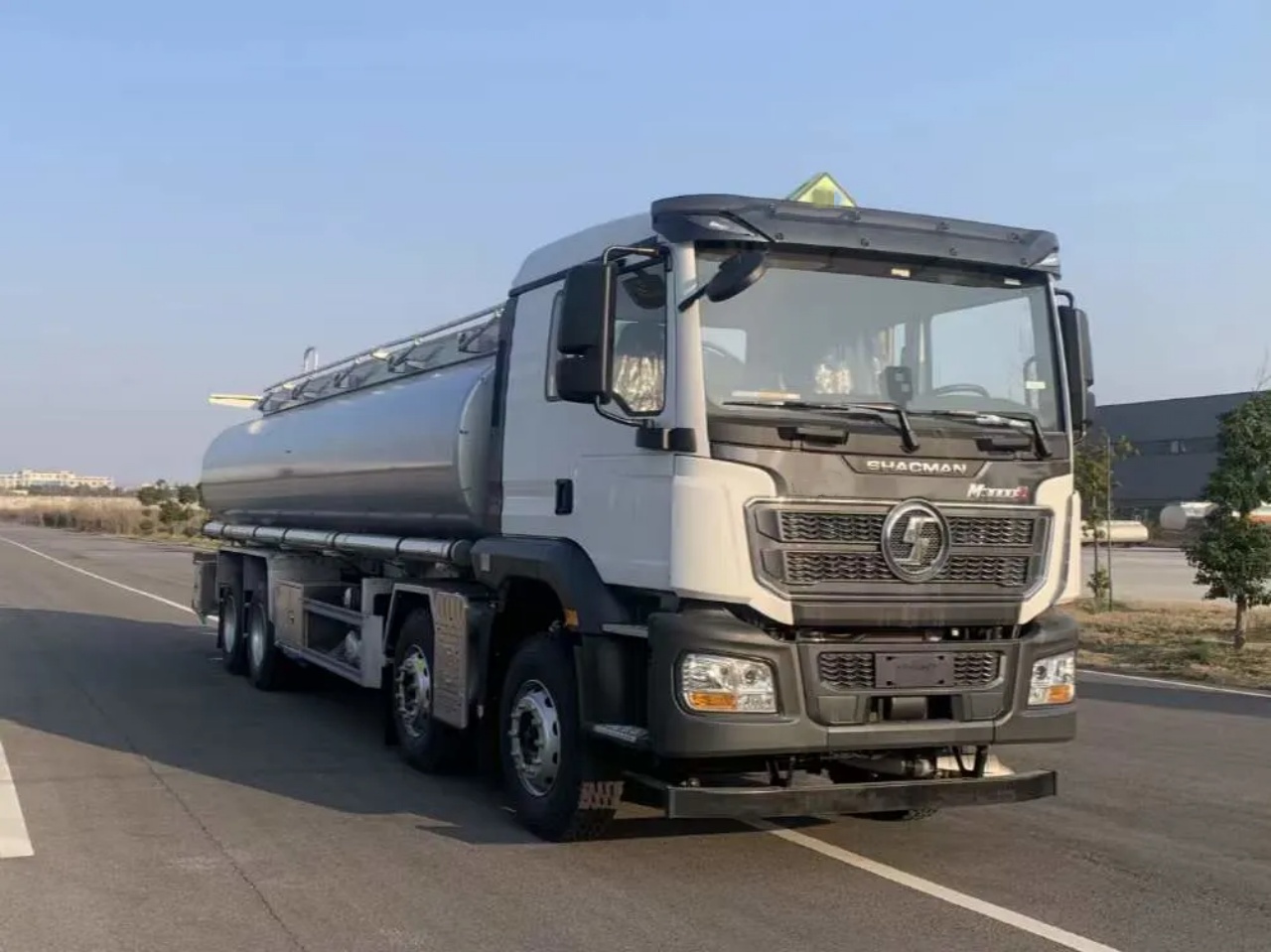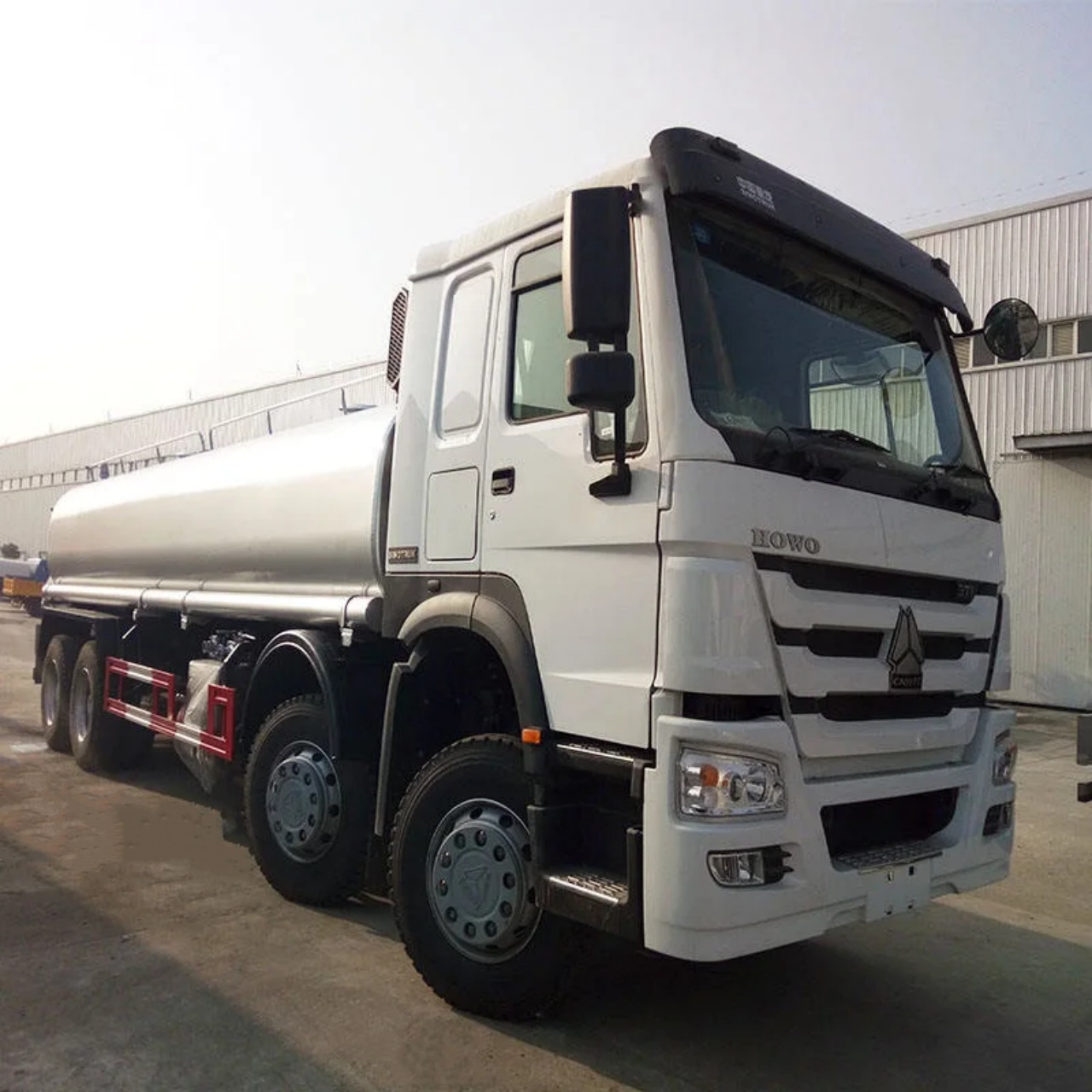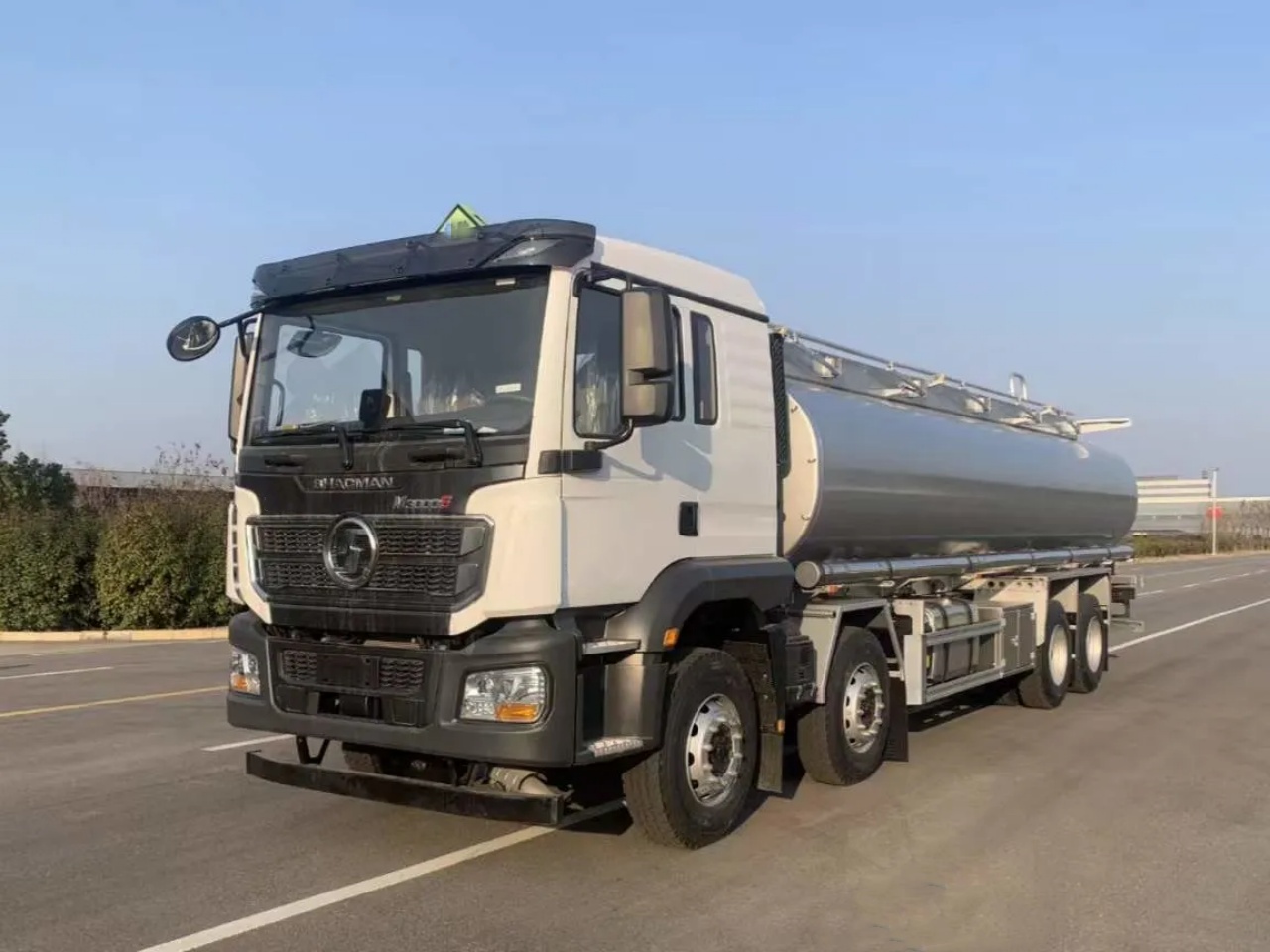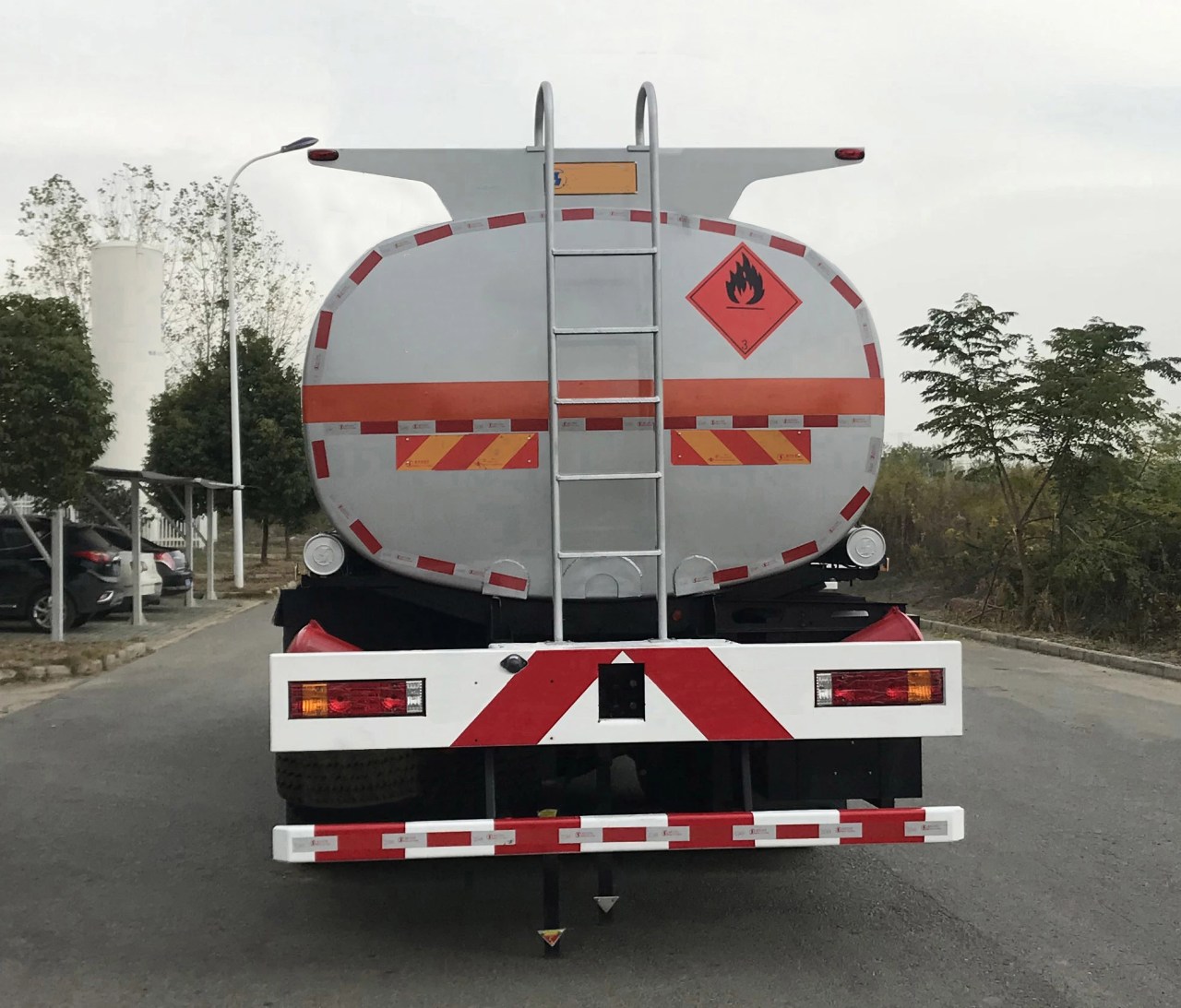Oil trucks are a vital part of the logistics chain for the petroleum industry. Whether they’re delivering heating oil to homes, fueling gas stations, or transporting crude oil to refineries, these vehicles carry heavy, often hazardous cargo that plays a critical role in global infrastructure. One of the most common questions people have about them is: How heavy is a full oil truck?
To answer this question, we need to understand several factors, including the different types of oil trucks, the types of oil they transport, and the limitations set by laws and vehicle design. Let’s break it all down.
Types of Oil Trucks
Oil trucks come in various sizes and configurations, each with different weight capacities. The term “oil truck” can refer to several types of vehicles, including:
- Small Tank Trucks (Light Duty) – Used for local deliveries, such as home heating oil.
- Medium Tank Trucks (Medium Duty) – Often used for regional deliveries.
- Large Tank Trucks (Heavy Duty) – These include semi-trailer tankers used for long-haul transportation.
The capacity of these vehicles typically ranges from 1,000 gallons for small trucks to 11,600 gallons for the largest tankers on highways.
Weight Components of an Oil Truck
To determine the total weight of a full oil truck, we need to consider 2 major components:
- Curb Weight – The weight of the empty truck, including the chassis, tank, engine, and all equipment, but without cargo or passengers.
- Payload (Oil Weight) – The weight of the oil being transported, which varies depending on volume and the type of oil.
Average Weights:
- Curb weight of a large tank truck (semi-trailer type): ~30,000–35,000 lbs (13,600–15,875 kg)
- Weight of oil per gallon: ~7.2 lbs (3.27 kg) for crude oil (varies slightly by oil type)
Calculating the Full Weight
Let’s walk through an example using a standard large oil tanker.
Case Study: Full-Size Tanker Truck
- Truck capacity: 11,600 gallons
- Oil weight: 11,600 gal × 7.2 lbs/gal = 83,520 lbs (payload)
- Truck (empty): 35,000 lbs
- Total weight (GVW): 35,000 lbs + 83,520 lbs = 118,520 lbs (~53,770 kg)
That’s over 59 tons when fully loaded.
Legal Limits
Despite the potential to carry this much weight, most countries have strict Gross Vehicle Weight (GVW) limits. In the U.S., for example, federal law limits the GVW of trucks on interstate highways to 80,000 lbs (36,287 kg) unless special permits are obtained.
This means that even though a tanker might physically be able to carry over 11,000 gallons, the amount it carries is often limited by legal restrictions. So in practice, a truck might only carry about 8,000–9,000 gallons to stay within weight limits.
Weight Based on Truck Size
Here’s a quick overview of different oil truck sizes and approximate full weights:
| Truck Size | Capacity (gallons) | Oil Weight (lbs) | Curb Weight (lbs) | Total Weight (lbs) |
|---|---|---|---|---|
| Small (light-duty) | 1,000 – 2,000 | 7,200 – 14,400 | 10,000 – 15,000 | 17,200 – 29,400 |
| Medium (straight truck) | 3,000 – 5,000 | 21,600 – 36,000 | 15,000 – 20,000 | 36,600 – 56,000 |
| Large (semi-trailer) | 8,000 – 11,600 | 57,600 – 83,520 | 30,000 – 35,000 | 87,600 – 118,520 |
Note: These are average figures. Actual weights vary based on manufacturer, oil type, and equipment used.
Oil Density Matters
Different types of oil have different densities, which impacts how much they weigh:
- Crude oil: ~7.2 lbs/gal
- Diesel: ~7.1 lbs/gal
- Gasoline: ~6.3 lbs/gal
- Heating oil: ~7.1–7.2 lbs/gal
This means a gasoline truck will be significantly lighter than a crude oil truck with the same volume. For example, 10,000 gallons of gasoline weighs about 63,000 lbs, while 10,000 gallons of crude weighs about 72,000 lbs.
Road Safety and Load Distribution
Because oil is a liquid, it moves within the tank during transit. Tankers use baffles (internal compartments with walls and holes) to prevent the “slosh” effect, which can impact braking and stability. Weight must be evenly distributed over the truck’s axles to comply with regulations and maintain safety on the road.
Permits and Exceptions
When trucks need to transport more than the standard weight limit, overweight permits must be obtained. These are usually issued for short distances or specific purposes, such as moving crude oil from a well site to a nearby collection facility.
Environmental Considerations
The heavier the truck, the more fuel it consumes and the more emissions it produces. That’s why efficiency is key in fleet management. Many transport companies optimize routes, monitor load weights, and use aerodynamic designs to reduce fuel usage and environmental impact.
Summary
So, how heavy is a full oil truck? The answer depends on several factors, including truck size, oil type, and legal restrictions. Here’s a quick recap:
- Small oil truck: ~17,000 – 30,000 lbs when full
- Medium oil truck: ~37,000 – 56,000 lbs when full
- Large tanker truck: Can weigh up to 118,000+ lbs, but typically limited to 80,000 lbs due to regulations
Oil trucks are powerful machines engineered to safely transport 1 of the world’s most essential commodities. Their weight is carefully managed not just for efficiency, but also for legal compliance and public safety. Next time you see one rolling down the highway, you’ll know it’s carrying more than just oil — it’s hauling tens of thousands of pounds of liquid energy.






